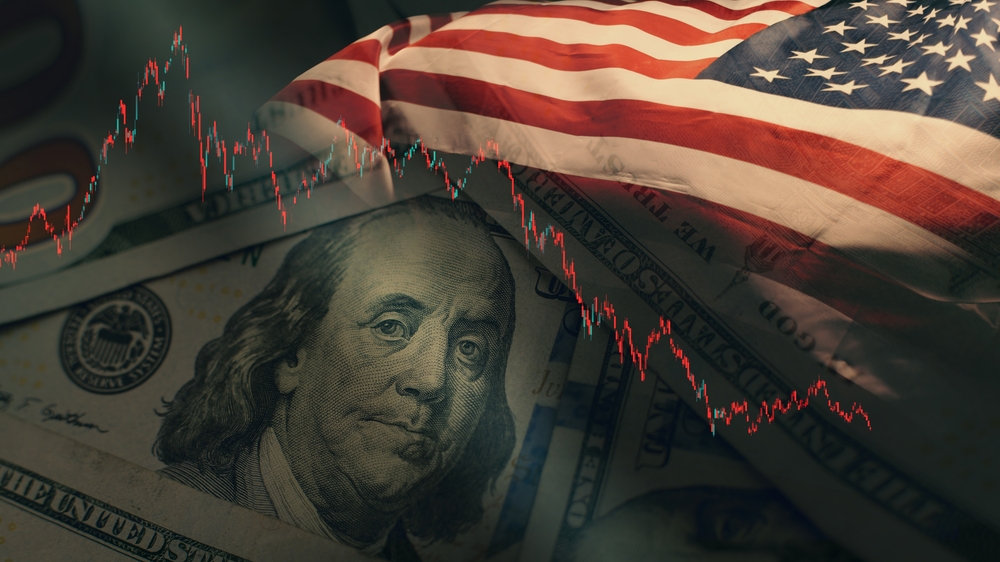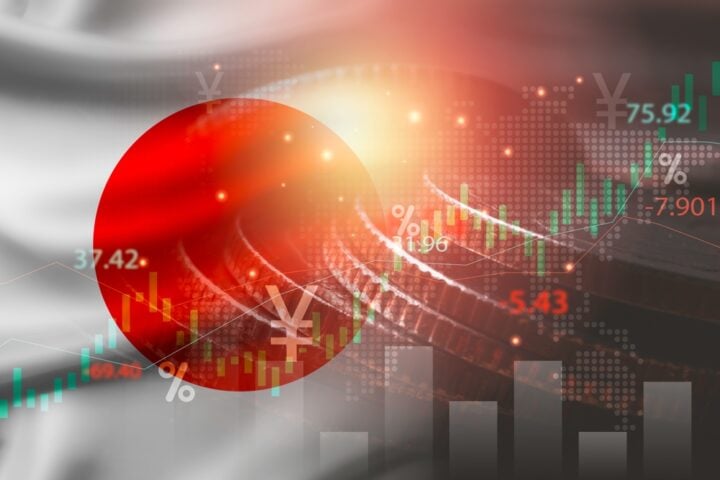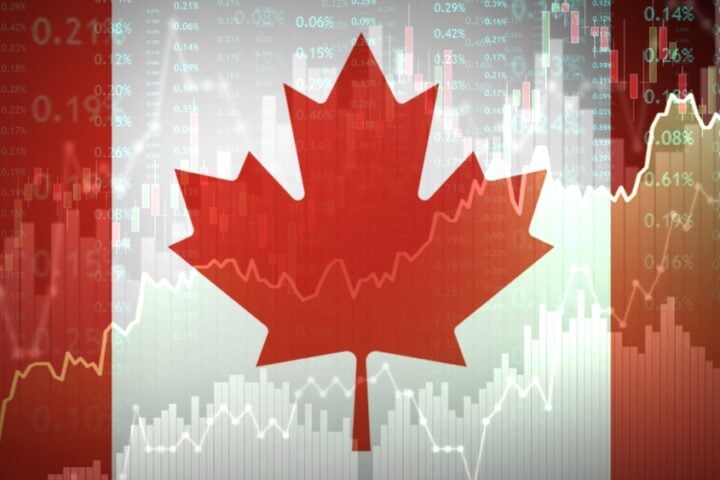Recent economic data has painted a complex picture for the U.S. economy as inflation slightly exceeded expectations in September, while jobless claims reached their highest level in 14 months. The Consumer Price Index (CPI) reported a monthly increase of 0.2%, pushing annual inflation to 2.4%. Meanwhile, initial unemployment claims surged, driven by factors like Hurricane Helene and a strike at Boeing. As these numbers come to light, the Federal Reserve faces a challenging environment ahead of its upcoming November policy meeting.
Inflation Rises on Food and Shelter Costs
In September, the CPI, a key measure of inflation tracking price changes across various goods and services, rose by 0.2%, surpassing the expected 0.1% increase. This brought the annual inflation rate to 2.4%, a level not seen since February 2021, yet still slightly above forecasts. Core inflation, which excludes more volatile categories like food and energy, ticked up by 0.3% for the month, resulting in a 3.3% increase year-over-year. Both figures edged higher than analysts had predicted, adding to the complexities of the inflation outlook.
The increase in inflation was driven mainly by rising costs in food and shelter. Food prices saw a 0.4% monthly increase, with eggs and butter leading the surge—egg prices alone jumped 8.4%, translating to a 39.6% rise over the past year. Shelter costs, a significant portion of the CPI, increased by 0.2% month-over-month and 4.9% annually. While this reflects a high level of inflation in the housing market, the slight slowdown could hint at easing pressures in the months to come.
Jobless Claims Climb as External Factors Weigh In
Adding to the economic uncertainty, initial unemployment claims surged to 258,000 in early October, the highest since August 2023. This represented a significant jump from the previous week, exceeding the forecasted 230,000 claims. Two main factors contributed to this rise: disruptions caused by Hurricane Helene and a strike involving 33,000 Boeing workers. States like Florida and North Carolina, which were heavily affected by the hurricane, saw an increase of 12,376 claims combined.
This rise in unemployment claims indicates potential softening in the labor market, despite strong job growth in previous months. Continuing claims, which measure ongoing unemployment, rose by 42,000 to 1.861 million, further highlighting potential weaknesses. The spike in jobless claims has added to the uncertainty facing the Federal Reserve as it weighs its next move on interest rates.
Market Reaction: Stocks Dip, Treasury Yields Waver
The release of higher-than-expected inflation figures alongside rising jobless claims sent waves through financial markets. Stock futures slipped as investors grappled with the mixed signals about the economy’s trajectory—rising inflationary pressures paired with signs of a cooling labor market. Meanwhile, Treasury yields showed a mixed response, reflecting market uncertainty about the Federal Reserve’s potential actions in the coming weeks. The market’s reaction underscores the delicate balance between growth and inflation that the Fed must manage.
Fed’s Dilemma: Inflation Trends vs. Economic Growth
The latest economic indicators come as the Federal Reserve has already begun easing interest rates, with a half-point reduction implemented in September. While inflation has cooled from its recent peaks, it remains above the Fed’s 2% target, creating a challenging environment for policymakers. As they look toward their November meeting, officials are considering the risks of further rate cuts against the backdrop of mixed economic data.
In response to the latest figures, Chicago Fed President Austan Goolsbee emphasized the importance of focusing on long-term trends rather than short-term fluctuations. “The overall trend is what’s important, not the day-to-day fluctuations,” Goolsbee stated, urging caution in making policy adjustments based on one month’s data. His remarks suggest a measured approach as the Fed evaluates how best to navigate the current economic landscape.
Inflation Breakdown: Persistent Pressures in Key Sectors
A closer look at the inflation data reveals divergent trends across different sectors. While energy prices fell by 1.9%, providing some relief, the costs of essentials like food and housing remained high. Used car prices edged up by 0.3%, and new vehicle costs increased by 0.2%, signaling ongoing pressures in the auto market. Medical care services also saw a rise of 0.7%, while apparel prices climbed 1.1% for the month, reflecting broader inflationary trends in consumer goods.
Egg prices continued to soar, a lingering effect of disruptions from avian flu, while shelter costs—despite showing signs of deceleration—remained elevated. Given that housing plays a crucial role in the CPI, any further easing in shelter inflation could help moderate overall price increases in the coming months.
Looking Ahead: Implications for the Federal Reserve’s Next Steps
The unexpected inflation uptick has led to increased speculation about potential rate cuts by the Federal Reserve at its upcoming November meeting. The CME Group’s FedWatch tool now indicates an 86% likelihood of a quarter-point cut, suggesting that markets are anticipating further easing. However, Fed officials, including Goolsbee, have stressed the importance of a steady hand in policy-making. “Let’s settle down when one month numbers come in,” Goolsbee remarked, highlighting the need to consider broader economic trends.
As the Fed continues to assess the economic landscape, upcoming data such as the Personal Consumption Expenditures (PCE) price index—another key inflation measure—will be critical in shaping its decisions. With inflation still above target and the labor market showing signs of strain, the path forward remains uncertain, leaving room for potential surprises in the central bank’s strategy.
Conclusion
September’s economic data has presented a mixed picture, with inflation slightly outpacing expectations and jobless claims reaching new highs. While inflation appears to be trending downward overall, certain categories like food and shelter remain stubbornly high, contributing to ongoing pressures. The unexpected rise in unemployment filings adds further complexity to the outlook, as external disruptions like hurricanes and strikes weigh on the labor market. As the Federal Reserve approaches its November policy meeting, it faces the challenging task of balancing support for economic growth with its efforts to control inflation.







